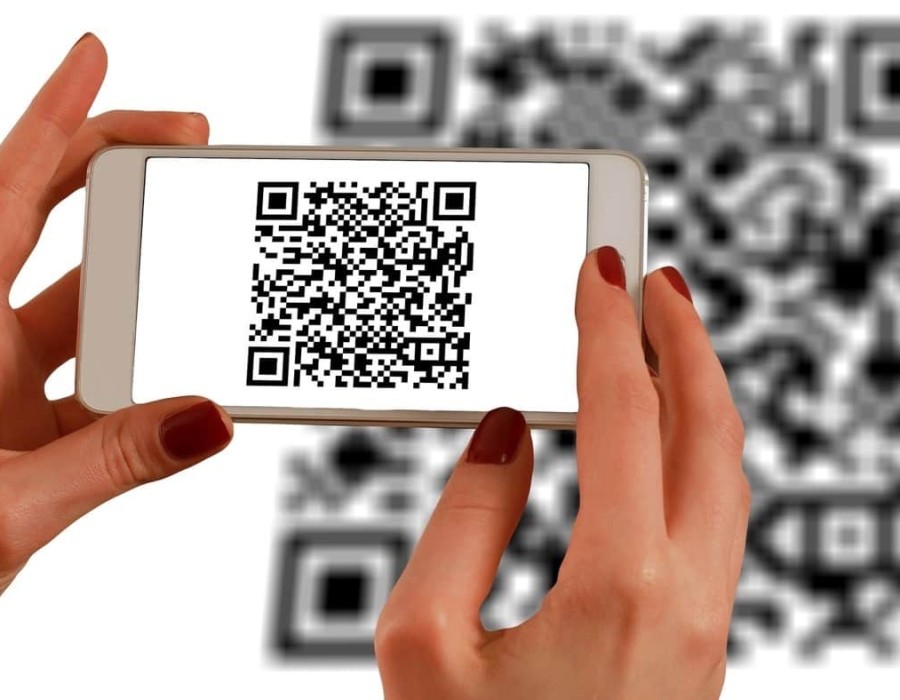In today's digital age, where convenience is paramount and information is at our fingertips, the Quick Response (QR) code stands out as a marvel of modern technology. You've likely encountered these square, maze-like patterns on product packaging, posters, business cards, and even restaurant menus. QR codes have become ubiquitous due to their versatility, simplicity, and efficiency. In this blog, we'll dive into the world of QR codes, exploring their history, workings, and the myriad of applications that make them an essential part of our daily lives.
The Origin of QR Codes: A Brief History
QR codes may seem like a product of the digital era, but their origins date back to 1994 when a Japanese company called Denso Wave (a subsidiary of Toyota) developed the technology. Designed to track automotive components during the manufacturing process, QR codes were initially utilized in the automotive industry to streamline logistics and manage inventory.
How QR Codes Work: The Inner Workings
At first glance, QR codes may appear as a random assortment of black and white squares, but beneath this intricate pattern lies a methodical encoding process. The encoding technique used in QR codes is similar to the traditional barcodes found on products, but it boasts significant advantages in terms of data capacity and error correction.
- Data Encoding: QR codes can store a vast amount of data compared to traditional barcodes. They support various types of information, such as alphanumeric characters, binary data, and even Kanji characters. The more data a QR code contains, the denser and more complex the pattern becomes.
- Error Correction: One of the key strengths of QR codes is their ability to maintain readability even if parts of the code are damaged or obscured. QR codes use Reed-Solomon error correction, which allows them to recover data if up to a certain percentage of the code is damaged. This property makes QR codes highly reliable and robust.
- Scanning and Decoding: To read a QR code, you need a smartphone or a dedicated QR code reader. The device's camera captures an image of the QR code, and specialized software processes the image to identify the QR code's position and orientation. Once the code is recognized, the encoded data is decrypted and presented to the user in the desired format.
Endless Applications of QR Codes
The versatility of Quick Response Codes has led to their widespread adoption across numerous industries and applications. Some of the common uses of QR codes include:
- Marketing and Advertising: QR codes are often found on promotional materials, allowing users to quickly access websites, product information, or special offers by scanning the code.
- Mobile Payments: QR codes are used in mobile payment systems, enabling users to make quick and secure transactions by scanning codes at retail stores or restaurants.
- Event Management: At conferences, concerts, and other events, QR codes are utilized for check-in and registration purposes, simplifying the process and reducing paper waste.
- Digital IDs and Tickets: Airlines, cinemas, and public transportation services use QR codes as digital boarding passes and tickets, eliminating the need for physical documents.
- Authentication and Two-Factor Authentication (2FA): QR codes play a crucial role in 2FA, where users can scan a code on their mobile device to verify their identity during the login process.
- Inventory Management: QR codes continue to be used in the automotive industry and supply chain management to track products and manage inventory efficiently.
- COVID-19 Response: During the pandemic, QR codes were instrumental in contact tracing efforts, restaurant menus, and providing touchless solutions for various activities.
The Future of QR Codes
As technology continues to evolve, Quick Response Codes will likely find even more applications. With advancements in augmented reality (AR) and the integration of QR codes with smart glasses and wearable devices, we might witness entirely new ways of interacting with the digital world. Moreover, as 5G connectivity becomes more widespread, QR codes could facilitate seamless access to high-quality content and services.
In conclusion, QR codes have come a long way from their humble origins in the automotive industry to become an integral part of our daily lives. Their simplicity, efficiency, and adaptability make them an invaluable tool for businesses, individuals, and even governments. As we move forward into the future, QR codes will undoubtedly remain a fundamental component of the digital landscape, simplifying our interactions and making information accessible with just a quick scan.





Comments